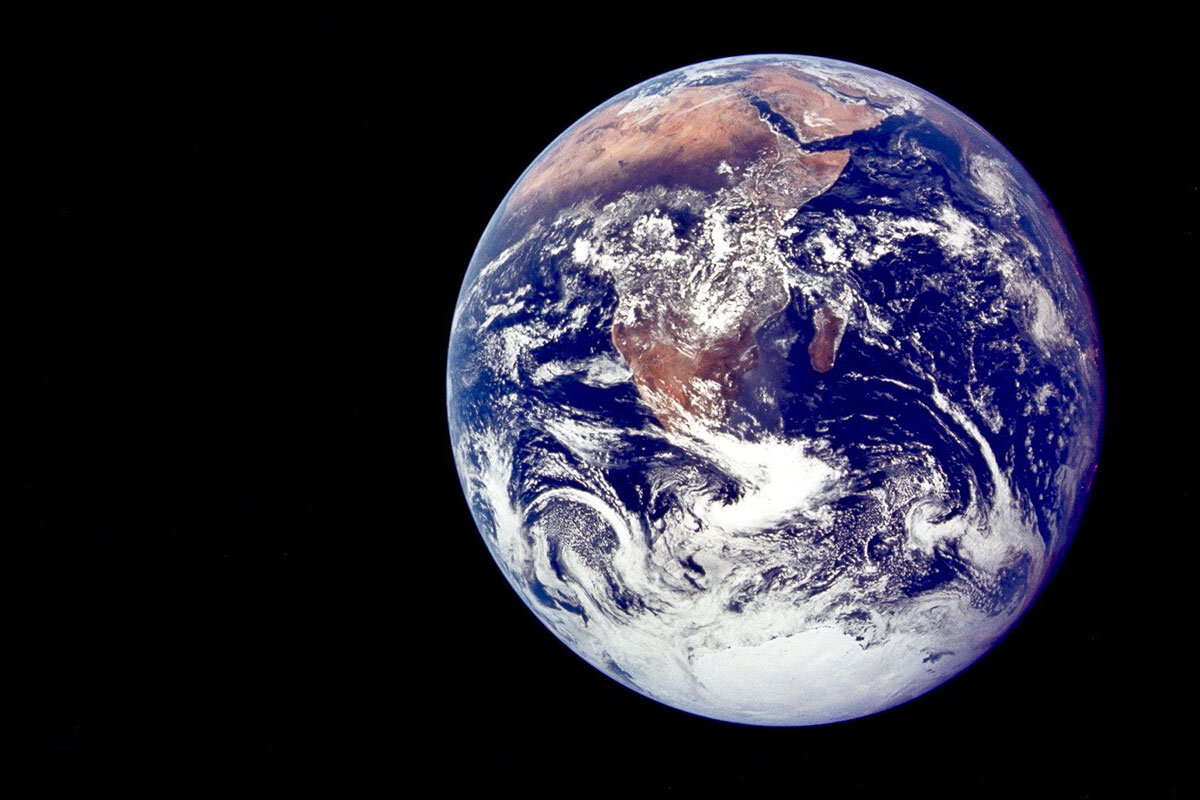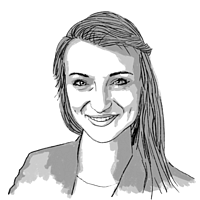Explorer 1 at 60: How has space travel changed us?
Loading...
Rocket fire streaked across the dark evening sky over Cape Canaveral, Fla., on Jan. 31, 1958. The United States had just launched a satellite into orbit, piercing the barrier between our world and the rest of the universe.
The oblong satellite wasn’t the first human-made object in space. The Soviet Union’s Sputnik claimed that title on Oct. 4, 1957. But the first successful launch of an American satellite made space exploration an international endeavor, paving the way for scientific discoveries of cosmic proportions.
In the 60 years since, our mechanical envoys and human voyagers have gone to places previously imagined only in science fiction. But it hasn’t all been about studying other worlds. Scientists have also turned a mirror back on our own planet. And between the discoveries about Earth made from the heavens, and the eye-in-the-sky perspective we’ve acquired, going to space has forever changed how we see our world and ourselves.
“We’ve always been looking up at the stars before the space program, and now we’re able to look down on Earth from space, which was transformative in itself,” says Jim Pass, executive editor of the Journal of Astrosociology and founder of the Astrosociology Research Institute.
, we’ve tracked wildfires, watched photosynthesis in action, monitored the ozone layer and ice sheets, charted weather patterns, mapped pollution, and discovered that there’s within the Earth’s molten core. We’ve even mapped the prehistoric routes of the multi-ton statues on Easter Island. Furthermore, the space-based GPS has helped geologists hone the model of plate tectonics, painting a picture of a planetary crust that is constantly in motion, shifting and changing.
These scientific observations have given us a much more detailed view of the world we live in, but it’s not just tangible things that we’ve learned about Earth. The perspective we’ve gained by going to space has placed humanity in a cosmic context like never before.
“Because we saw weird stuff on other worlds, it made us think, okay, it’s our right to have weird stuff here on Earth,” says David Portree, space historian and community outreach specialist at Arizona State University’s School of Earth and Space Exploration. For example, he says, we used to think that most craters on Earth were from volcanic eruptions, not the impact of space rocks. “Then when we started to look more carefully at impact craters on other worlds, we realized that they were all over the Earth, buried mostly, and highly eroded, but all over the place. And we started to understand that we get hit by these things, and they’ve affected the history of life, and all sorts of stuff.”
Seeing ourselves anew
Learning about other worlds has also helped us appreciate how unique Earth is. Before getting a closer look, we thought our neighbor planets would be quite similar to Earth. But Venus is hot, hot, hot, and Mars is turning out to be a pretty harsh place, too. And now, with probes exploring the Saturn and Jupiter systems, we’re finding that it may be the faraway outer solar system moons that bear the most similarities to Earth, despite being exotic in other ways. The icy crusts of Saturn’s moon Enceladus and Jupiter’s moon Europa are thought to enclose oceans of liquid water, and Saturn’s largest moon, Titan, seems to have dynamic processes similar to those on Earth, too.
“By having space to compare our planet to, we see that our planet is really special. It’s dynamic, it’s covered with chemicals doing crazy things like reproducing themselves, it has water in three states instead of just one – in most places it’s just solid. It’s a unique and special place,” Mr. Portree says. “And so I think that over time that has gradually penetrated into people’s consciousness.”
While satellites and planetary probes have taught us a lot about our world and placed Earth in the context of the rest of the solar system, the moment that humans took to space was momentous in shifting our perspective of our world, says Jennifer Levasseur, curator in the space history department at the Smithsonian National Air and Space Museum.
Most astronauts that have returned from space that they have experienced by looking back at the Earth. “The astronauts see the Earth as a whole system, interconnected and complete. They realize that we live on a planet. It’s a natural spaceship that’s moving through the universe. And this leads to a new understanding of who we are, and where we are in the cosmos,” says Frank White, who has detailed this phenomenon in his book “The Overview Effect.” “While we know this intellectually – we know we live on a planet – the experience we have everyday is not that. It’s that we live on a stable platform with the heavens rotating above us, the sun rises and sets.”
But it isn’t just about orientation. Astronauts have also described a feeling of stewardship and protectiveness, as seeing the Earth as a small orb hanging in the dark void of space makes it seem more precious. Many have pointed to just how thin of a protective blanket our atmosphere appears from space. And others have noted how the effects of climate change and pollution can be spotted. Astronauts frequently use words like “fragile” and “oasis” to emphasize how they’ve seen the planet.
For some, war, borders and divisions fade away, and the astronauts say they see unity in humanity and the interconnectedness of nature. That’s not to say that the diversity and chaos you experience down on the surface of Earth isn’t there, Mr. White says. “The overview effect gives us an understanding of diversity within a context of unity. You have to be able to hold both ideas at once.”
Kinship with the cosmos
Returning to the surface of the Earth with this new awareness, some astronauts have gotten in environmental movements or peace-building activities. Others have made it their mission to share this perspective with those of us who don’t make it up into space.
This has largely been done through photography, starting with the famous “Earthrise” photo taken from lunar orbit during the Apollo 8 mission. That and other images taken during the Apollo missions particularly captured people’s attention, and the dramatic visual of our spectacular home against the vast black of space was even used in the environmental movement that was picking up steam at the time.
As images flood in from the International Space Station today, people reflect on their habits, too. Just like you can see glaciers breaking apart and other effects of climate change, people have also been struck by the sparkling of artificial lights across the globe. This has prompted an awareness of light pollution, Portree says. “That’s interesting because light pollution keeps you from seeing space, and then from space we can look back and see why we’re not seeing space. And people are looking at those images and saying, I want to see that bright dot smaller.”
Images of space have had a profound effect, too, Dr. Levasseur says. The Hubble Space Telescope images, for example, have shown us just how picturesque and diverse the rest of the universe can be, and these pictures have stimulated intrigue among the public in the scientific information that they hold.
Not everyone may be profoundly changed on a day-to-day basis by the perspective we’ve gained by going to space, Portree says. But “I think that the potential exists in a lot of people to feel a kinship with the cosmos because we know more about it.”





